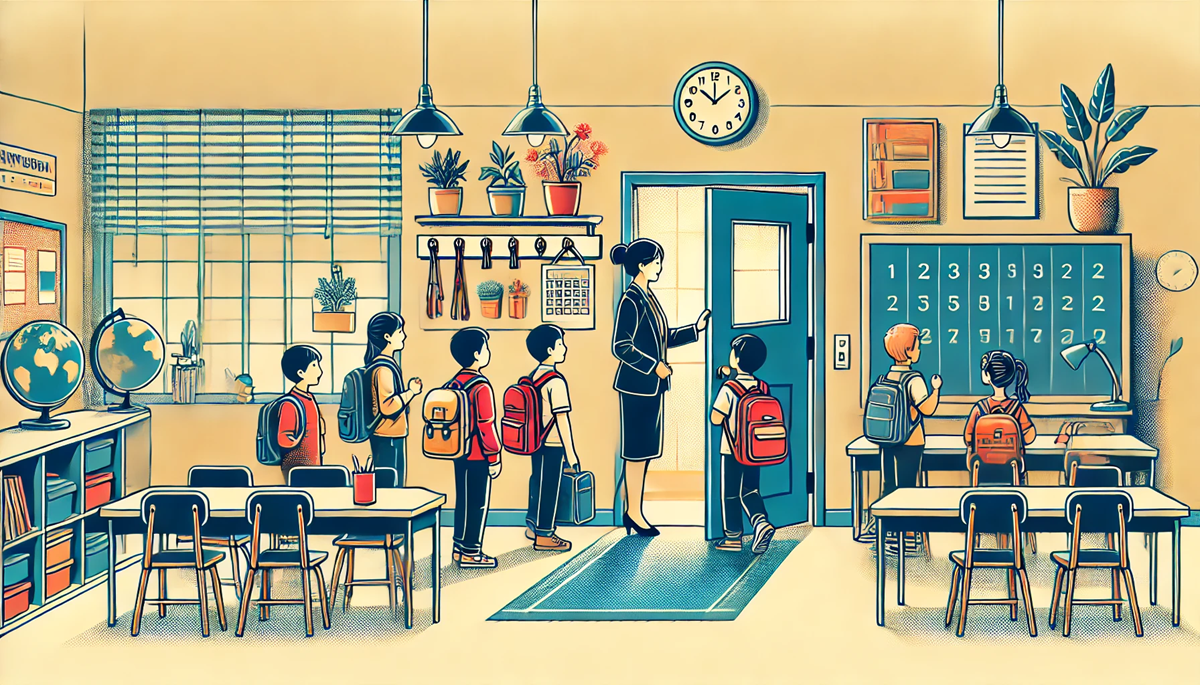In classrooms across the country, more schools are beginning to see the true potential of their multilingual learners by embracing a culturally responsive curriculum.
As someone deeply committed to advancing equity in education, I’ve seen firsthand how these practices can help students not only feel included but truly thrive.
Dual language programs, in particular, offer a powerful approach for supporting students’ academic success by valuing and leveraging their cultural and linguistic backgrounds.
Contents
The Power of a Culturally Responsive Curriculum
Dual language programs go beyond merely teaching a second language.
They provide instruction in both English and a target language, allowing students to engage with academic content in both languages.
What I love about these programs is that they build on the assets and funds of knowledge that students bring with them.
There’s great research out there showing that when students in dual language programs develop both languages, they often end up outperforming their English-only peers, even on English-language assessments.
Research by Thomas and Collier provides compelling evidence on this.
They found that students in dual language programs not only acquire academic English but often excel beyond their English-only peers.
Why? Because we’re tapping into their existing language skills, helping them make connections between their languages, and strengthening their overall grasp of language.
It’s a powerful approach, one that’s grounded in recognizing students’ linguistic strengths.
Building Belonging and Engagement through Language and Culture
But a culturally responsive curriculum offers much more than academic growth.
For multilingual learners, it also creates a stronger sense of belonging.
Imagine being a young student who speaks a language other than English at home and stepping into a classroom where only English is valued.
It sends a message that your culture and language don’t matter.
But in a dual language environment, we say, “Wow, you speak Spanish, Russian, or Chinese? Fantastic! Let’s build on that.”
This sense of inclusion extends beyond the classroom to engage families as well. I always emphasize to parents that maintaining their home language is just as important as developing English.
When I was a teacher, I’d tell parents, “Please keep reading to your children in your home language.
Continue speaking it at home. Being multilingual is a superpower, and it will help in all aspects of their academics.”
Parents are often so happy to hear this, and it builds a bridge of understanding and support between home and school.
Practical Strategies for Teachers
For teachers working in dual language classrooms, planning is key.
One practice I emphasize is the strategic separation of languages. This means designing time blocks where each language is used intentionally, so students can fully engage, practice vocabulary, and build fluency in both.
Many classrooms use visual cues—colors, props, or even specific teacher attire—to signal which language is being used, making it easier for students to focus and absorb each language separately.
Another effective approach is prioritizing oracy—creating ample opportunities for students to speak each language in both formal and informal settings.
Structured practice with peers lowers anxiety, making it easier for students to express themselves and practice new language skills in a supportive environment.
We often use read-alouds or image-supported activities to make content more accessible and engage students actively in using the language.
Honoring and Celebrating Multiculturalism
In a truly culturally responsive classroom, we’re also celebrating multiculturalism every day.
This goes beyond language to honor each student’s cultural background. I work closely with schools in Texas, where state testing is often English-centric, and I encourage teachers to celebrate progress in both languages.
I remind them that it’s just as important to celebrate achievements in Spanish or another home language.
This mindset can also expand to the entire school, where even non-dual-language classrooms contribute to a multilingual, multicultural environment.
Encouraging students to bring in regional phrases or dialects they hear at home can be especially powerful.
I tell educators, “Let’s not teach academic Spanish as the ‘only right’ way. Language is valuable as people use it in their daily lives.”
By honoring these variations, we make students feel that their language is appreciated, whether it’s what’s spoken at home or in their communities.
Overcoming the Challenges Together
Of course, implementing dual language and culturally responsive curriculum programs can be challenging, especially when resources and bilingual teachers are limited.
Many schools face teacher shortages, particularly among bilingual educators.
That’s why, through Ensemble Learning, we’ve been working to reduce these barriers by supporting teachers’ certification processes, offering mentorship, and providing financial help for testing where possible.
Another challenge is helping families understand the long-term value of bilingual education.
Some parents, understandably, are concerned that focusing on their home language might slow down their child’s English proficiency.
I often find myself having conversations with parents to share research showing that bilingualism actually strengthens overall academic achievement.
Once they see the data and hear about the positive impacts, many parents feel reassured and eager to support the program.
Moving Forward with Culturally Responsive Curriculum
In my work, I’m fortunate to see the success of dual language programs in action.
The Manor School District, just outside Austin, is a wonderful example.
They’ve implemented dual language programs across all their schools, with strong leadership and clear standards for language use in classrooms.
This clarity and commitment from both district and school leaders allow teachers to focus on what matters: high-quality instruction and building students’ confidence in their linguistic abilities.
At the heart of it, a culturally responsive curriculum is about embracing the diversity of our students and families. It’s about making sure every student feels valued and supported in both their academic and cultural identities.
In today’s diverse classrooms, this approach is not just beneficial—it’s essential for creating a future where all students, especially multilingual learners, have the opportunity to thrive.
For those interested in learning more or seeking resources, Ensemble Learning provides guidance and professional learning opportunities for educators.
And for anyone passionate about equity for multilingual learners, we welcome you into our community.
Together, we can build more inclusive, culturally responsive classrooms that honor each student’s journey.





